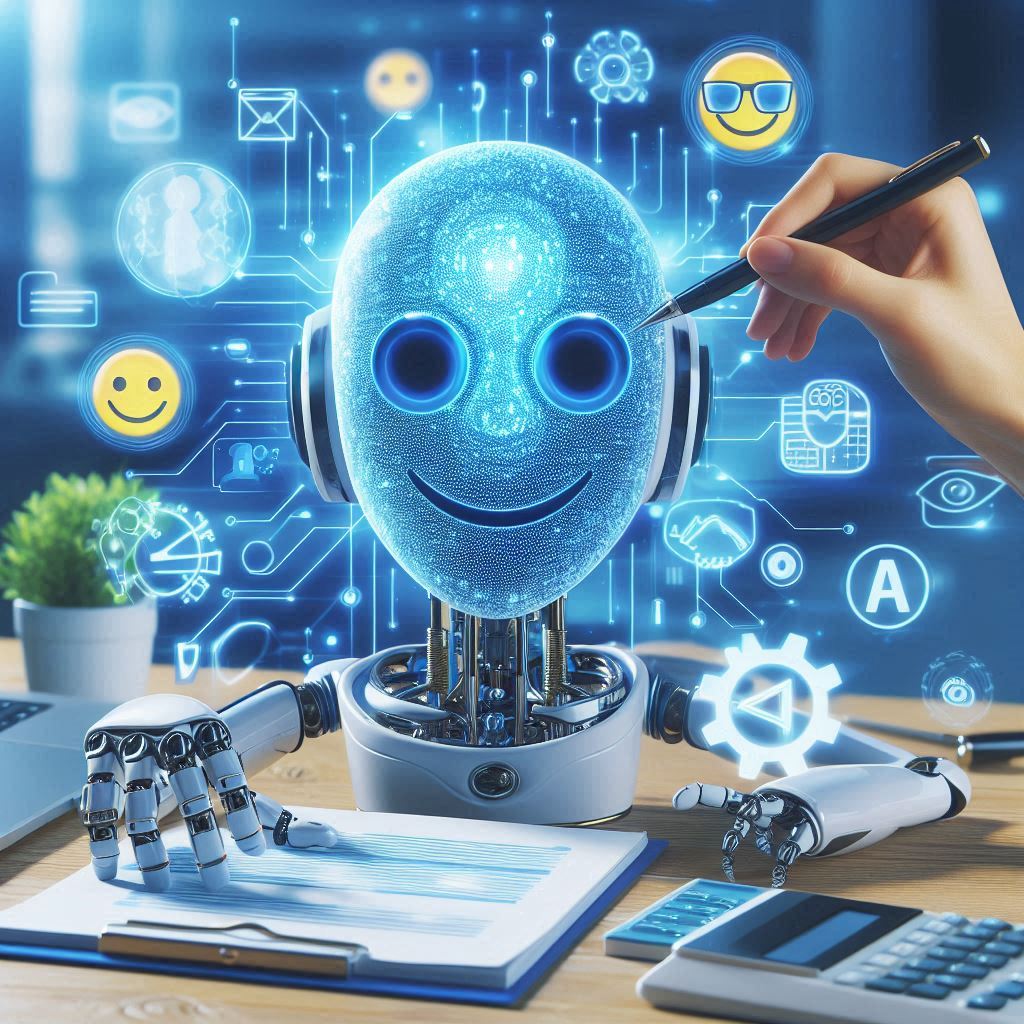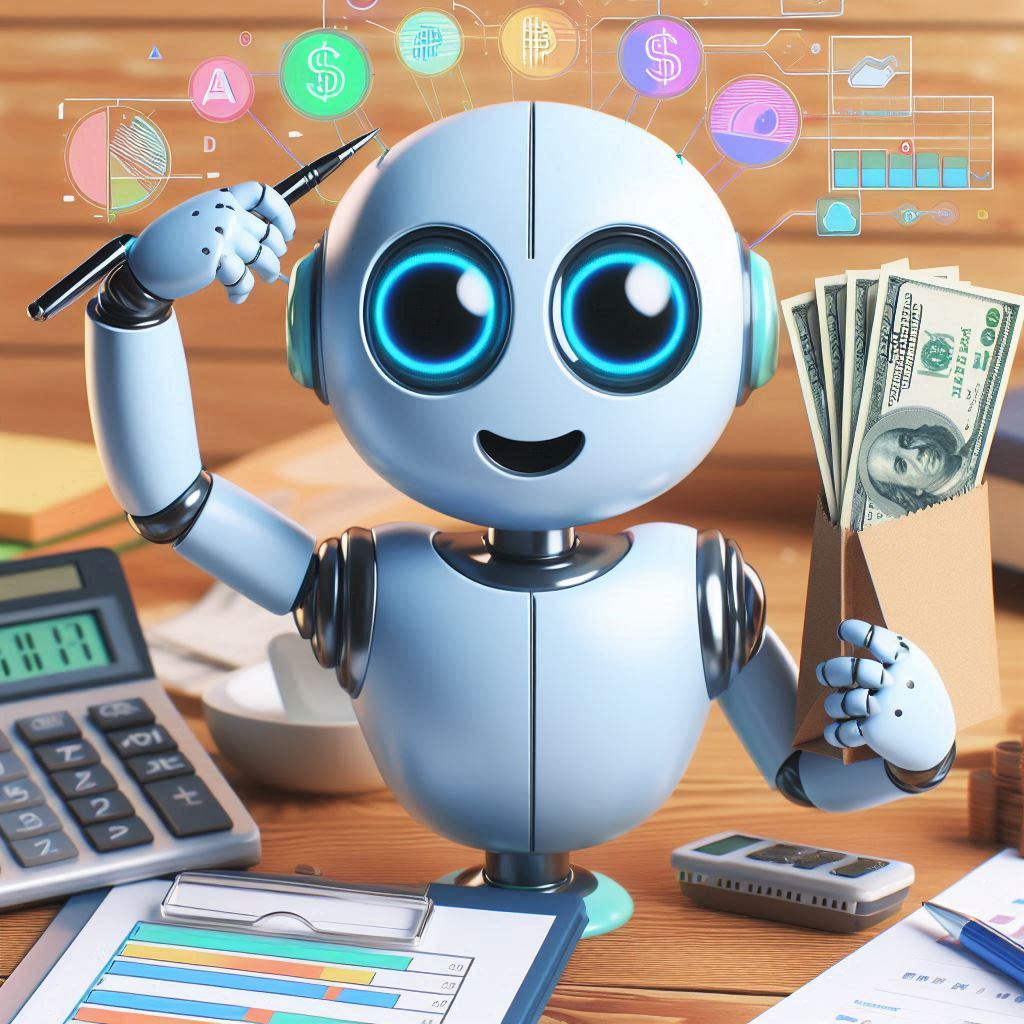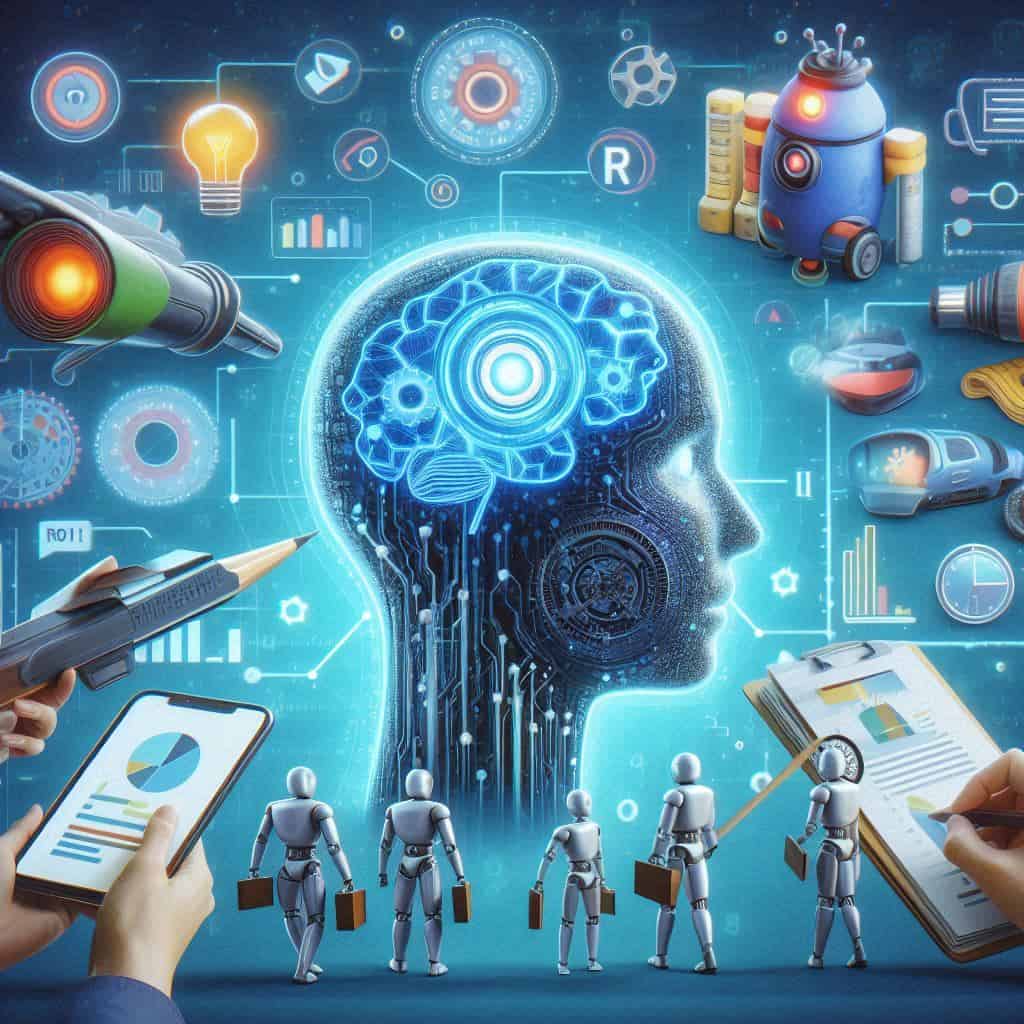The Ultimate Guide to AI Detection: How to Identify AI-Generated Content
- Quality Control

You want to know how to tell if something was written by AI. Believe me, it’s a question I get a lot these days. And the short answer is: you can use an AI detector, which is a tool that uses fancy algorithms to look for patterns in writing that suggest AI authorship.
But here’s the thing: AI detectors aren’t foolproof. They can be tricked, and they can make mistakes. So you can’t just rely on a detector alone.
To really get to the bottom of whether something was written by a human or a machine, you need to understand how these detectors work, what their limitations are, and what other clues you can look for. Keep reading, and I’ll give you all the info you need to become an AI detection expert!
Understanding AI Detection
The rise of sophisticated AI writing tools, like ChatGPT, GPT-4, and Bard, has revolutionized content creation. However, this advancement has also led to concerns about the authenticity of written work. AI-generated content, defined as text produced by these tools, has become increasingly difficult to distinguish from human-written content. This has spurred the development of AI detectors—tools designed to analyze text and determine its origin.
How AI Detectors Work
AI detectors employ complex algorithms and machine learning techniques to scrutinize text for telltale signs of AI authorship. Instead of simply comparing the text to a vast database, AI detectors look for specific characteristics that distinguish AI-generated content from human writing. These include:
Key Characteristics of AI-Generated Content
- Sentence Structure and Length: AI often produces sentences that are consistently structured and similar in length.
- Word Choice: AI tends to use predictable vocabulary and phrases, lacking the nuanced and diverse language choices humans make.
- Predictability: AI writing often follows predictable patterns, making it easier for detectors to identify recurring structures and phrasing.
- Awkward Phrases and Unnatural Flow: While AI language models have significantly improved, they can still produce awkward phrasing and an unnatural flow that humans typically avoid.
- Repeated Words: AI may overuse certain words or phrases, creating repetitive patterns that human writers would naturally vary.
Some advanced AI detectors go a step further by distinguishing between AI-generated text, AI-refined text, and human-written text. This helps identify content that may have been initially generated by AI but then edited or refined by humans.
Advanced Measures for AI Detection
Beyond these surface-level features, some researchers are exploring the use of “perplexity” and “burstiness” as measures of text complexity and randomness to aid AI detection. Perplexity reflects how surprising or unpredictable a text is, while burstiness measures the variation in sentence length and structure. Human writing tends to have higher burstiness and perplexity compared to AI-generated text.
Accuracy and Limitations of AI Detectors
While AI detectors are becoming increasingly sophisticated, it is crucial to understand that no AI detector is 100% reliable. The accuracy of AI detection tools varies greatly. Some developers claim high accuracy rates for their premium tools, reaching up to 84%, while free tools generally have lower accuracy, averaging around 68%. However, as AI language models evolve, detectors face an ongoing challenge to keep pace with their advancements.
Key Limitations of AI Detectors
- Difficulty Identifying Human-Edited AI-Generated Text: AI detectors struggle to identify text that has been substantially edited by humans after being generated by AI, as this can mask the telltale signs of AI authorship.
- Potential Misinterpretation of Writing Styles: AI detectors may misinterpret writing styles, especially for non-native English speakers, leading to false positives.
It is crucial to use AI detectors as part of a holistic assessment, considering factors beyond the detector’s output. Relying solely on AI detection to make critical decisions about academic integrity or professional work can lead to unfair judgments.
Ethical Considerations of Using AI Detectors
The increasing use of AI detectors raises several ethical concerns that require careful consideration:
Bias in AI Detectors
AI detectors, like any AI system, can inherit biases from the data they are trained on. This can lead to unfair or discriminatory results, particularly for certain writing styles or demographics.
Impact on Individuals
Using AI detection as the sole basis for making decisions about student grades, academic standing, or employment can have serious consequences for individuals. False positives can damage reputations and unfairly penalize those who have not used AI inappropriately.
Transparency and Responsible Use
It’s crucial to promote transparency in the use of AI detectors and ensure their responsible and ethical application in all contexts. Developers of AI detectors must prioritize mitigating bias in their models and strive for fairness and accuracy. Users of these tools must be aware of their limitations and potential biases, and use them judiciously and ethically.
Popular AI Detectors and Features
A growing number of AI detectors are available, each with its unique features and capabilities. Here are some of the most popular options:
- QuillBot AI Detector: A free tool that offers a detailed report on how AI may have been used to create content, distinguishing between AI-generated, AI-refined, and human-written text.
- Scribbr AI Detector: A free tool with advanced algorithms, unlimited checks, and paragraph-level feedback. It distinguishes between human-written, AI-generated, and AI-refined content and supports multiple languages.
- ZeroGPT AI Detector: A free tool with highlighted sentences, multiple features including a plagiarism checker and paraphrasing tool, high accuracy, support for all languages, and batch file upload.
- GPTZero AI Detector: A leading AI detector that offers basic and premium scans, plagiarism checking, and integrations with Chrome, Google Docs, and learning management systems.
- Grammarly AI Detector: A tool available to Grammarly subscribers that provides an AI score and can generate citations for AI usage. It integrates with other Grammarly features like plagiarism detection and grammar checking.
- PlagiarismDetector.net AI Detector: A free and simple-to-use tool that claims high precision and no word count limit. It also offers plagiarism checking and other writing tools.
- Copyleaks AI Detector: An enterprise-level AI detector that distinguishes between human-written and AI-generated content. It also offers plagiarism checking, a writing assistant, and integrations with LMS and browsers.
- Plagium Originality AI Detector: A GPT-based plagiarism detection tool that can also identify AI-generated text. It offers a multilingual platform and API access.
Choosing the Right AI Detector
When choosing an AI detector, consider your specific needs, such as:
- Free vs. Premium: Some detectors offer free basic features, while others require a paid subscription for advanced features.
- Supported Languages: Not all detectors support multiple languages.
- Accuracy Rates and Detection Capabilities: Accuracy claims vary between detectors, and some are better at distinguishing between different levels of AI involvement (e.g., AI-generated vs. AI-refined).
- Additional Features: Many AI detectors offer additional features like plagiarism detection, grammar checking, paraphrasing, summarization, and citation generation, making them versatile writing tools.
Use Cases for AI Detectors
AI detectors have a growing range of applications across various sectors:
- Education: Teachers can use AI detectors to verify the originality of student assignments and ensure academic integrity. Integrating AI detection into learning management systems (LMS) can streamline the process.
- Content Creation: Bloggers, content writers, and publishers can utilize AI detectors to guarantee the uniqueness of their content, avoiding search engine penalties for duplicate or AI-generated content.
- Cybersecurity: AI detectors can help identify phishing emails and other malicious content generated by AI, enhancing cybersecurity measures.
- Hiring and Recruitment: Recruiters can leverage AI detectors to ensure the authenticity of work samples submitted by candidates, verifying their skills and originality.
Future of AI Detection
The future of AI detection is intertwined with the rapid evolution of AI language models. As AI writing tools become more sophisticated and produce more human-like text, AI detectors face the constant challenge of adapting and improving their detection methods.
Share:

